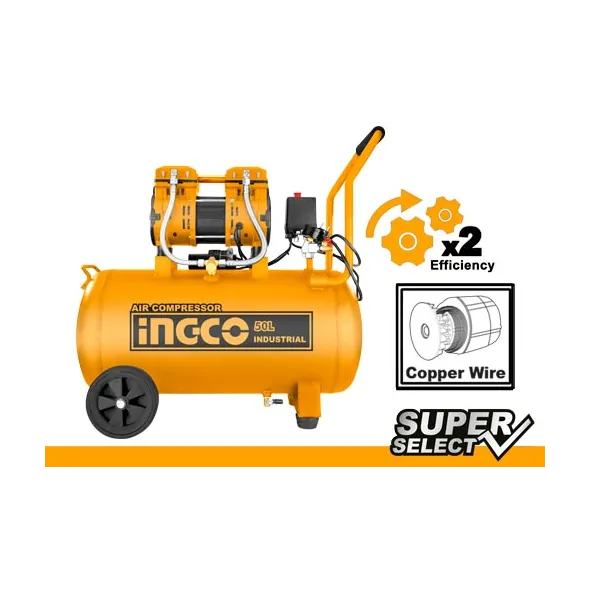Cloud computing has become a foundational element of enterprise-level IT strategies. This technology includes servers, storage, databases, and networking software over the internet.
A robust cloud computing architecture includes several essential elements and virtualization technologies. These components also include cloud computing models, such as Infrastructure as a Service (IaaS) and Software as a Service (SaaS), that define the level of abstraction and management for cloud deployment.
Modern cloud computing architecture provides a flexible, expandable, and efficient framework for managing your IT resources and providing better services over the Internet.
This article discusses seven key components of modern cloud architecture that streamline your business operations.
#1: Cloud-Based Service Models
Cloud-based service models are the key components of modern cloud computing architectures, defining how your services are delivered and consumed. These models include the Infrastructure as a Service option, which provides virtualized computing elements like servers, storage, and networking. It provides maximum flexibility and better control to users.
Another advanced technology included in these models is Platform as a Service (PaaS). This model offers tools and services for developing, running, and managing different applications without the hassle of managing the underlying infrastructure. It streamlines your overall development process.
Software as a Service is another model that provides fully functional applications over the Internet. It allows users to access and use your dedicated software without difficulty with installation, maintenance, or infrastructure management.
Each service model caters to business needs and offers high control, scalability, and management options.
#2: Virtualization Options
Virtualization options are another key element of cloud architecture, as they create many virtual servers and storage options on a single hardware system. These options include server virtualization, which separates your physical server into multiple virtual servers. Virtualization allows each of your systems to run its operating system and applications independently.
Storage virtualization combines physical storage resources into a single virtual entity. It simplifies the process of managing and makes it more expandable.
Similarly, network virtualization creates virtual networks inside physical infrastructure to enable an isolated and secure network environment. These virtualization options improve resource utilization and provide better options for expanding infrastructure.
#3: Cloud Deployment Models
Cloud deployment models define how cloud-based services are successfully implemented and made available to users. These models adhere to precise organizational needs and requirements. Four prominent types of models are available for better deployment: public cloud, private cloud, hybrid cloud, and community cloud.
- A public cloud is a model in which services are delivered online and shared across different companies. It offers cost-efficiency and extendability with less control over personalization and security.
- A private cloud works for a single organization and provides high control and security. It is usually applied to businesses that require high-grade protection for their dedicated services and data.
- A hybrid cloud is a mixture of public and private cloud models. It allows data and applications to move between both effectively. It offers high-grade flexibility and optimizes costs while maintaining necessary control.
- A community cloud is a system shared by several organizations that work in the same domains and require similar elements. It is a collaborative approach to cloud computing with shared infrastructure personalized to your specific needs.
#4: Cloud-Based Security Options
Cloud-based security options are the most important components of a cloud architecture because they protect organizational data and applications from various threats. These solutions include encryption, identity access management, compliance management, and threat detection options.
Cloud-based encryption secures crucial data at rest and transit by converting readable data into an unreadable format that can only be decrypted by authorized personnel.
Identity and access management controls who can access your cloud resources as it applies authentication and authorization policies. It ensures that only the right individuals can interact and access your sensitive data.
The compliance management option ensures that your cloud operations adhere to the industry regulations and norms.
Threat detection and response systems monitor your cloud environment to track auspicious IT activity, which allows for the rapid identification and mitigation of potential security breaches.
#5: Cloud Management Platforms
Effectively administering, optimizing, and safeguarding cloud infrastructures in public, private, and hybrid clouds requires using cloud management platforms (CMPs). CMPs help enterprises easily automate resource provisioning and scale resources up or down in response to demand.
CMPs provide all-inclusive solutions for managing cloud resources. They provide insights into cloud spending and aid with cost optimization through resource allocation, budgeting, and forecasting, offering comprehensive cost management tools.
#6: Automation and Orchestration
Automation and orchestration are vital components of cloud computing that streamline the management and operation of complex cloud environments. Automation refers to using scripts, tools, and technologies to perform repetitive and routine tasks, such as provisioning resources, configuring settings, and applying updates, with minimal human intervention. This reduces errors, saves time, and ensures consistency in cloud operations.
On the other hand, orchestration involves coordinating multiple automated tasks and processes across various cloud services and environments to achieve specific objectives, such as deploying an application or managing workflows.
#7: Service-Level Agreements (SLAs)
Formal contracts, known as service-level agreements (SLAs), outline the expected quality of service, including performance, availability, and support, between a cloud service provider and a client.
SLAs define all the important performance indicators, such as uptime guarantees, which are usually stated as percentages (e.g., 99.9% availability), issue resolution response times, and the range of support services offered.
Conclusion
Modern cloud computing architecture is a complex and dynamic ecosystem with several elements that work together to create a better workspace for your company. This ecosystem comprises elements that deliver flexible, scalable, and efficient IT solutions. Each component mentioned in the article plays a big role in shaping the cloud-based landscape. With a better knowledge of these components, you can create a future-proof infrastructure that stands ahead of the competition and provides better business growth.



